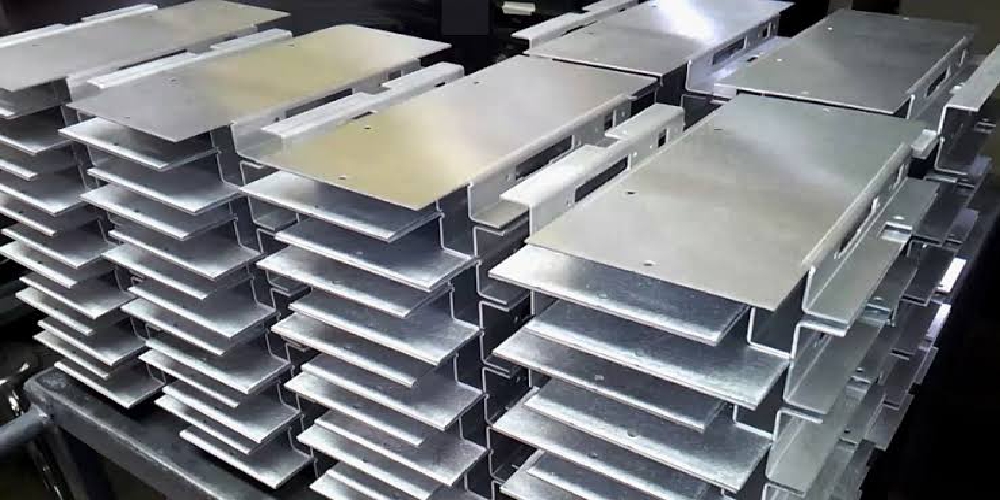Metal prototypes are prototypes made with metals like steel, aluminum, or any other metal using prototyping methods like Casting or Sheet Metal Forming and CNC Machining. These prototypes provide a means to transform ideas into physical objects. Although Steel sheet metal prototypes are more popular, there are other options available. Here are the four best methods of metal prototyping.
Methods of metal prototyping
There are four common methods of metal prototyping that are widely accepted and they are:
3D Printing Metal Prototypes
This method of metal prototyping refers to the use of digital model files to print layers of adhesive materials such as plastic or metal powder that can be used to build digital objects in 3D. This method of metal prototyping is also referred to as additive manufacturing.
Advantages of additive manufacturing
- Allows for the creation of complex structures that would be difficult to create with other prototyping methods. There is freedom with creativity when using the 3D metal printing method.
- Another benefit of the 3D printing method is that it requires a shorter time to build prototypes.
Sheet metal prototypes
Sheet metal prototypes involve the use of metal sheets that are fabricated to the standard prototyping thickness. The metal sheets are laid on a desk and patterns or shapes can be cut into them using a laser cutter with the aid of a program. This type of prototyping is perfect for making enclosures or casings.
Advantages of sheet metal prototyping
- High quality: sheet metal prototypes are usually made to the quality of end products to enable proper testing of how the actual product would work.
- Replaceable parts: with sheet metal prototyping, changes can easily be made to the prototype without having to reconstruct the entire thing. This is because parts of the prototype are easily replaceable with new ones.
CNC machining prototypes
CNC machining also known as Computer Numeral Control Machining involves the use of computer programs to control the prototyping equipment and process. This method of prototyping is limited to only certain metals like aluminum alloys, steel and copper, and titanium alloys among others. CNC machining is a common method of making steel metal prototypes.
Advantages of CNC machine prototyping
- Cost effective: unlike other methods of metal prototyping, CNC machining does not require the use of molds; hence, the price difference between small and large quantities of materials are very close
- Variety: with CNC machining, a variety of materials can be used to make metal prototypes such as steel, aluminum, and the like. However, the most common choices are copper and steel metal prototypes due to their thermal and mechanical advantages.
Metal casting prototypes
This method of metal prototyping involves the use of molds. Molten metal is poured into designed molds to create solid metal parts. This is one of the oldest methods of metal prototyping and is only less-preferred for the time taken to complete casts.
Advantages of metal casting prototyping
- Quality of prototype: metal cast prototypes are of standard quality; almost as good as the final product. This pattern of metal prototyping gives buyers their money’s worth in terms of quality and functionality of the prototype.
- Suitable for large prototypes: casting is the only method for making large metal prototypes as other prototyping methods would not be able to create large sized prototypes of the required quality.
Conclusion
When it comes to quality design manufacturing, it’s always best to use equipment that guarantees quality. Metal is a preferred material because of its durability and strength. However, to get the best designs, you’ll need good metal prototyping. With four known methods of metal prototyping, you have more than enough options to choose for specific needs.
